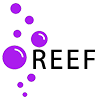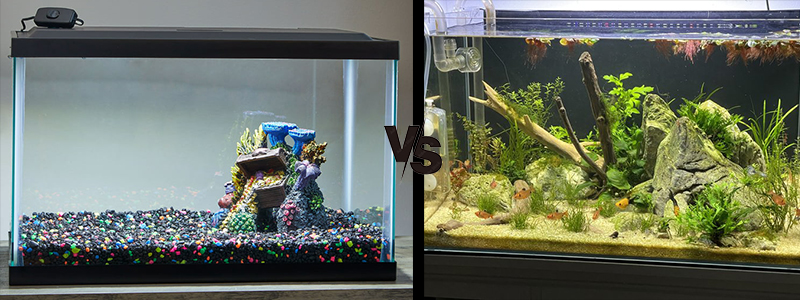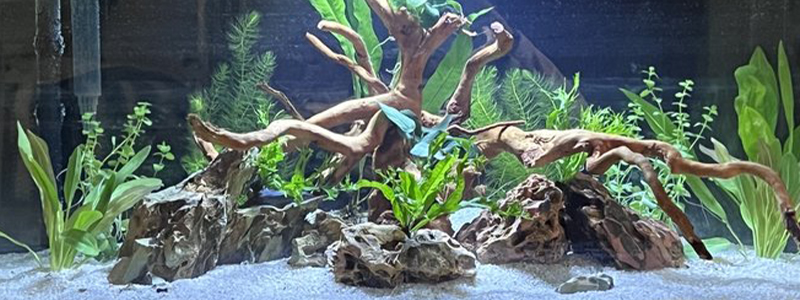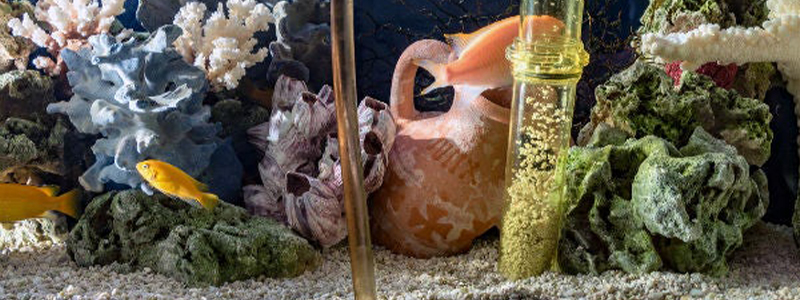Neon Tetras are a popular choice for fish tanks due to their small size, vibrant colors, and peaceful nature. These fish are native to the blackwater streams of the Amazon basin in South America and are relatively easy to care for, making them a great option for both beginner and experienced aquarists.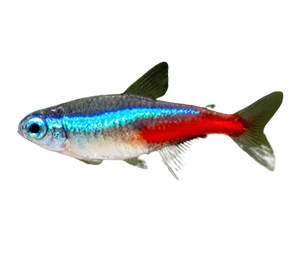
Is Neon Tetra Good For Home Aquariums or Fish Tanks?
Yes, neon tetras are great for home aquariums or fish tanks. They are small, colorful, and peaceful fish that are easy to care for, making them a popular choice for beginner and experienced fish keepers alike. Neon tetras are also known for their unique ability to school, which makes them a beautiful and captivating addition to any tank.
Disclosure: This article contains affiliate links. When you follow a link to purchase the products, I sometimes earn a commission, at no additional cost to you. Read my full disclosure here.
Which Fish Tank or Aquarium Type is Best for Neon Tetra?
When it comes to selecting the best fish tank or aquarium type for neon tetras, there are a few factors to consider.
Here are some tips to help you choose the right setup for your neon tetras:
- Tank size – Neon tetras are small fish, so you don’t need a huge tank to keep them. However, they are social creatures and should be kept in groups of at least six. For a school of six neon tetras, a 10-gallon tank is a good size. If you want to keep more fish, you’ll need a larger tank.
- Water parameters – As mentioned earlier, neon tetras prefer slightly acidic water with a pH range of 6.0 to 7.0 and a temperature range of 70 to 81 degrees Fahrenheit. A well-established, properly filtered aquarium is crucial to maintain these water conditions.
- Aquascape – Neon tetras are comfortable in a densely planted tank, which provides them with plenty of hiding spots and swimming areas. Live plants like Java moss, Anubias, and Amazon sword are great choices.
- Tankmates – Neon tetras are peaceful fish that can be kept with other small, non-aggressive species. Good tankmates include other small tetras, rasboras, and corydoras catfish.
Overall, a well-planted, properly filtered aquarium with appropriate lighting and a stable environment is best for neon tetras.
As with any fish, it’s important to do your research and ensure that you provide them with the right conditions to thrive.
What is The Diet of Neon Tetra Fish?
Neon tetras are omnivorous fish and their diet consists of both animal and plant matter. In the wild, they primarily feed on small crustaceans, insect larvae, and algae.
For people who house neon tetras in fish tanks or home/ office aquariums, neon tetras can be fed a variety of commercially available fish foods, including flakes, pellets, and frozen or live foods such as brine shrimp, bloodworms, and daphnia. It’s recommended to provide them with a varied diet to ensure they receive all the necessary nutrients.
Is Neon Tetra Food Easily Available in the Market?
Neon Tetra’s food is easily available in the market. You can find a range of commercial fish foods, including specific formulas for neon tetras, at most pet stores that sell fish supplies.
Additionally, you can purchase live or frozen foods online or at your local fish store. It’s important to choose high-quality food to ensure your fish receive proper nutrition.
General Information and Stats on Neon Tetra
| Factors/ Characteristics | Details |
| Minimum Tank Size | 10 gallons (Approx. 38 liters) |
| Care Level | Easy |
| Temperament | Peaceful |
| Reef Compatibility | Reef safe |
| Water Conditions | pH 6.0-7.5, temperature 70-81°F (21-27°C), soft to medium water hardness |
| Maximum Growth Size | 1.5 inches (3.8 cm) |
| Color Variations | Bright blue with a red stripe along the body |
| Diet | Omnivorous – prefer small live or frozen foods such as brine shrimp, daphnia, and bloodworms, but will also eat high-quality flake or pellet food |
| Compatible Tankmates | Peaceful community fish such as other small tetras, rasbora, guppies, corydoras catfish, and small livebearers |
| Other Information | Neon tetras prefer to be kept in schools of at least six individuals and require a well-planted tank with plenty of hiding places. They are sensitive to water quality and require regular water changes. |
Neon Tetra Infographic
![Neon Tetra Fish [Infographic]](https://www.reefinabox.com/wp-content/uploads/neon-tetra-fish-infographic-scaled.jpg)
